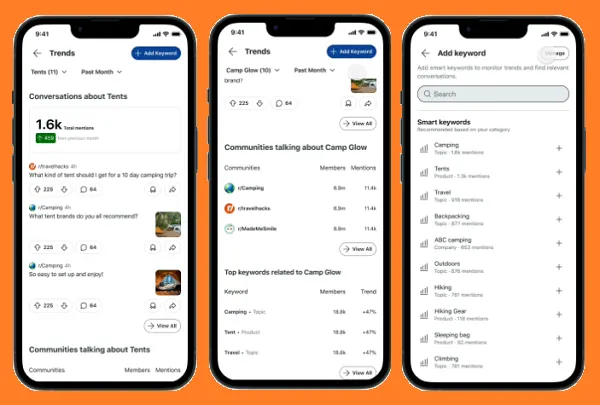Dentsu launches contextual targeting tool as cookie demise boosts demand
Contextual Intelligence platform will roll out across Carat, Dentsu X and iProspect as better data science also fuels keyword-driven targeting.

Contextual targeting has gained momentum amid steps by Apple and Google, among others, to hinder tracking individuals based on their online behavior. But increasingly that momentum is also coming from better data science, and to that end, Dentsu is launching a new Contextual Intelligence tool across its U.S. media agencies.
Contextual Intelligence, built around proprietary algorithms that use natural language processing and sentiment analysis to match brand targets with content, is rolling out across the company’s Carat, Dentsu X and iProspect agencies.
Subscribe to Ad Age now for the latest industry news and analysis.
The tool already has been used by five clients. And for one— luxury jewelry retailer Pandora—it drove return on investment 24 times greater than any other tactic tried in a test campaign around Valentine's Day, according to Dentsu. Katie Nevin, paid social and programmatic coordinator for Pandora, in a statement called Contextual Intelligence “a competitive advantage as we strive to earn increasingly limited attention in the market.”
Akash Jairath, chief product officer of Dentsu Media, U.S., said the tool starts by assigning content labels to URLs based on users inputting keywords, phrases and other URLs they’ve identified as relevant to their customers. The Competitive Intelligence tool fine-tunes those targets and pushes a list target URLs to demand-side platforms for programmatic buys.
“There’s a lot of transparency built in, so as you’re making adjustments, you’re actually seeing what you’re eligible to target,” Jairath said. “You can click into them, see what content is relevant or if you’re picking the wrong URLs because you may be setting your net too wide.”
Given the impending loss of cookies in Chrome and restrictions on targeting in the Apple ecosystem, contextual targeting is definitely getting more interest from clients, Jairath said. But much of the momentum is also driven by the increasing sophistication of contextual targeting, he said.
“With behavioral targeting, we saw a lot of sophistication, a lot of data science,” Jairath said. “What’s happened in the past two to four years is that we’ve seen a lot of that sophistication and data science come into contextual, so it’s become more of a fine tool than a blunt tool.”
Subscribe to Ad Age's Datacenter for ongoing data and insights on all of the most-advertised brands.
But another advantage of contextual targeting, he said, frankly, is when it misses the mark—perhaps not reaching an established customer or prior website visitor but instead reaching people with similar interests (i.e. “lookalikes”) who potentially expand a brand’s customer base.
“It started out with people thinking of it as waste, but it’s really a halo effect,” Jairath said. “That’s thought to work well for branding, but even from a performance standpoint, it certainly has a halo effect.”

 Tekef
Tekef 
































